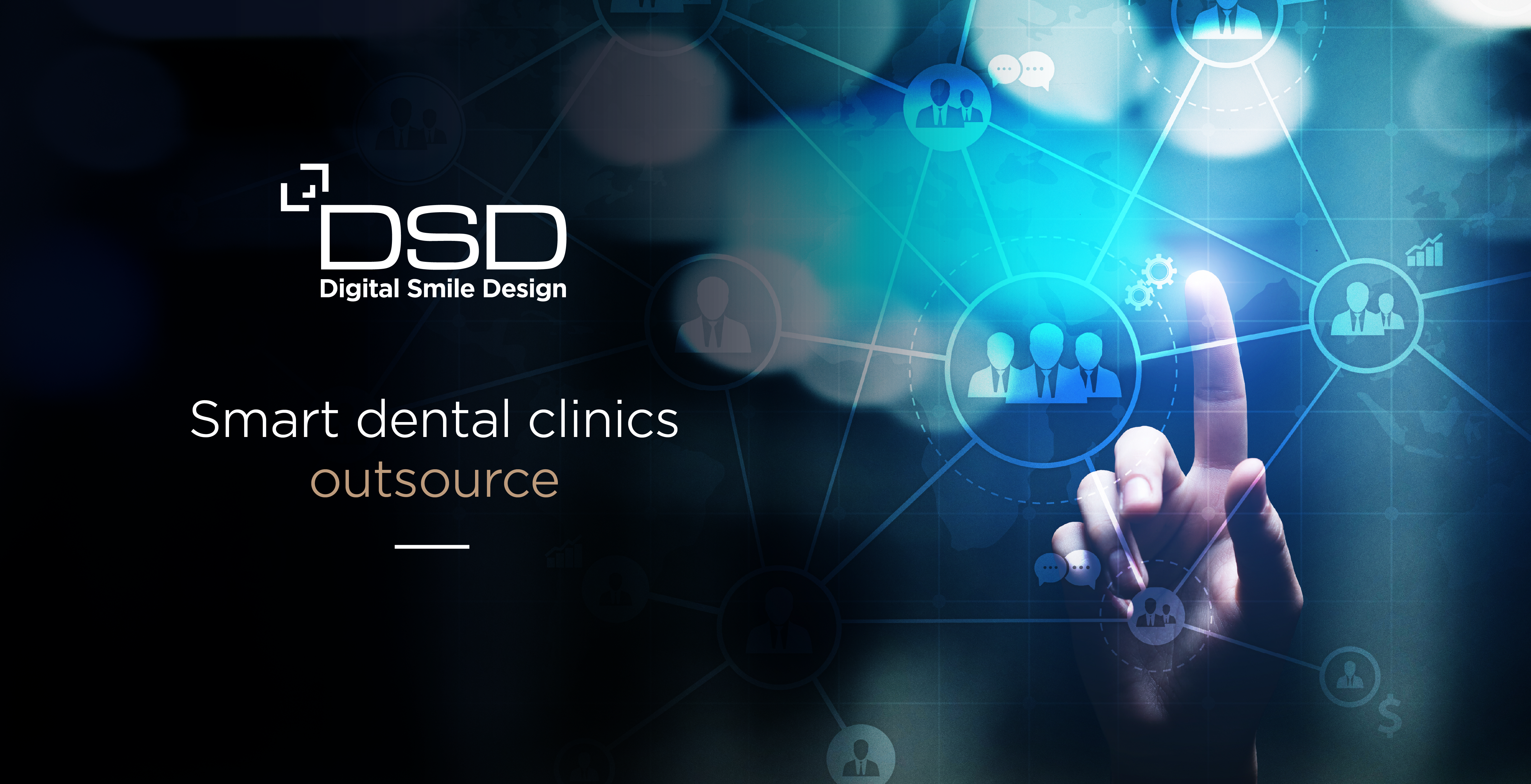Glidewell Dental webinar: How can dental offices adapt to our new ‘normal’?

As part of its dental CE program, Glidewell Dental is supporting practitioners through a series of webinar sessions offering practical advice on clinic management through the current Covid-19 crisis. In April 2020, Christian Coachman joined other industry leaders in delivering a webinar for the community, with a session titled: ‘And Now What? Dental Office Strategies to Succeed in the New Normal’.
In this online webinar, he spoke about business and marketing strategies which could help practices to increase their chances of success post Covid-19, and the role of technology, team empowerment and mindset.
Register here to watch the webinar in full or read an overview below.
1. What is the best way to get on board with Digital Smile Design (DSD)?
Christian Coachman: The best first step is to gain an understanding of the DSD concepts. You can do this either on one of our in-person courses or on our dedicated online education platform which allows you to get to grips with the DSD concepts at your own pace and in your own way, wherever you are.
2. Is there any company you recommend for video conferences for patient consultation and record preservation which also follows and is certified with HIPPA compliance?
Christian Coachman: I believe that this question is about teledentistry, virtual consultations and remote care. The best system I know is from a company called Dental Monitoring.
3. What is the recommended capital outlay/cost to be a ‘digital dentist’ and how long does it take to break even for practices that use it?
Christian Coachman: I would say that the initial steps involved in becoming a digital dental office are:
- To buy a scanner and master how to use it
- To find a good real digital lab
- To choose and train a digital workflow coordinator
- To find help to spread the word (smart marketing)
So you need to invest in a scanner and most of all, in training and implementation.
The real ROI comes when you do a good job in spreading the word about the great things you can do thanks to all these new technologies and solutions. That’s why you need help with marketing, social media, word of mouth, growth, PR, etc. You need to become good at generating and sharing content – without going crazy or spending too much time on it.
There are smart ways to do this and we teach them in the DSD Residency course.
4. What is the overhead percentage in fully digital offices you describe? From my limited calculations, often digital (e.g. scanning vs. impressions or CAD/CAM crowns vs. regular) costs more and/or takes longer than traditional methods. Do those offices participate in insurance or are they fee for service?
Christian Coachman: The answer is to find a real digital lab. While most labs say they are digital, they are usually just scratching the surface of what digital is.
Digital will not necessarily make a lab reduce their prices but it will allow a production lab, with prices that are already lower compared to a fancy boutique technician, to increase quality without raising their prices.
Therefore, you can choose a lab with smaller fees and achieve better quality.
If you are using a digital workflow and your costs are higher and the time you take is longer, you and your lab are doing something wrong – or you haven’t yet completely overcome the learning curve. Don’t give up.
5. What’s the difference in case acceptance rates between non-digital and fully digital offices?
Christian Coachman: The dental offices that we are working with in terms of consulting, assisting with staff training, implementation, marketing, communication, etc., show on average:
- 10-20% rise in fees: This is due to better perceived value and overall emotional experience.
- 30-50% rise in average ticket price: This is due to better diagnosis, better planning and generating more comprehensive offers.
- 30-50% rise in case acceptance: This is thanks to what we call Emotional Dentistry strategies, Motivational Mock-up, ambience, storytelling, etc.
This growth is not only related to implementing digital workflows, but also a combination of:
- Digital adoption and proper implementation
- Team empowerment
- Smart marketing and sharing the new storylines about modern oral care, including digital solutions
- Changing the patient experience and office ambience.
This analysis and these conclusions come from our international network of DSD Clinics (45 clinics across all five continents).
6. What software tools do you use for virtual smile design in your practice?
Christian Coachman: Smart dental clinics outsource most of their digital work. Instead of buying software and having to learn how to use it, dentists should partner up with labs, planning centers and companies which provide services.
Dentists should enjoy the benefits of the digital workflow instead of struggling with investments and the learning curve. That’s why the only thing that it’s mandatory for a practice to have is a scanner – apart from understanding how to manage the scanner software, nothing else is really needed.
Our DSD Planning Center and DSD Lab are the entities which help DSD Clinics by taking away the need for investment and learning all the necessary technologies to deliver high-end digital diagnosis, digital smile design, digital planning and digital clinical execution.
The software we use works as follows:
- The DSD Planning Center receives the initial suggestion and exports it into more comprehensive software like Nemotec and Exocad to translate it into 3D interdisciplinary simulations. When the case is approved, the simulations are exported into treatment software to manufacture the devices, such as ClinCheck® software for aligners and inLab for restorations.
It’s impossible for a single practitioner to have all the technology required to do REAL digital dentistry alone.
7. How do we create a digital office without breaking the bank? How long is the path to be a fully digital office?
Christian Coachman: As I mentioned, the majority of the burden (in terms of financial investment and the learning curve) should be outsourced. For a practitioner, it's enough to learn the workflow, buy an intraoral scanner and find a good digital lab/ planning center.
When all the pieces are in place – once you understand the big picture, have mastered the use of the intraoral scanner, have appointed an efficient digital workflow coordinator and are working with a good digital lab, it usually takes six months to start seeing the workflow become a routine and get the best out of it, including return on investment.
About Glidewell Dental
Founded by Jim Glidewell in 1970, Glidewell Dental’s dedication to innovation in dental technology, manufacturing excellence and research and development has seen it grow from a small dental laboratory to one of the world’s premier providers of preventative solutions, restorative solutions and education for dental professionals worldwide. Through its continued offerings and support to the dental community, Glidewell Dental continuously pursues its mission to help patients access the highest quality dental services and improve their lives.
To read more about the impact of Covid-19 on dental practices and how we can adapt, don’t miss Coffee Break with Coachman with guest Dr Miguel Stanley and Christian’s thoughts on how to adapt to our new ‘normal’.
19 must-attend dental events for 2020 and 2021
Understanding The Speakers’ Chart

